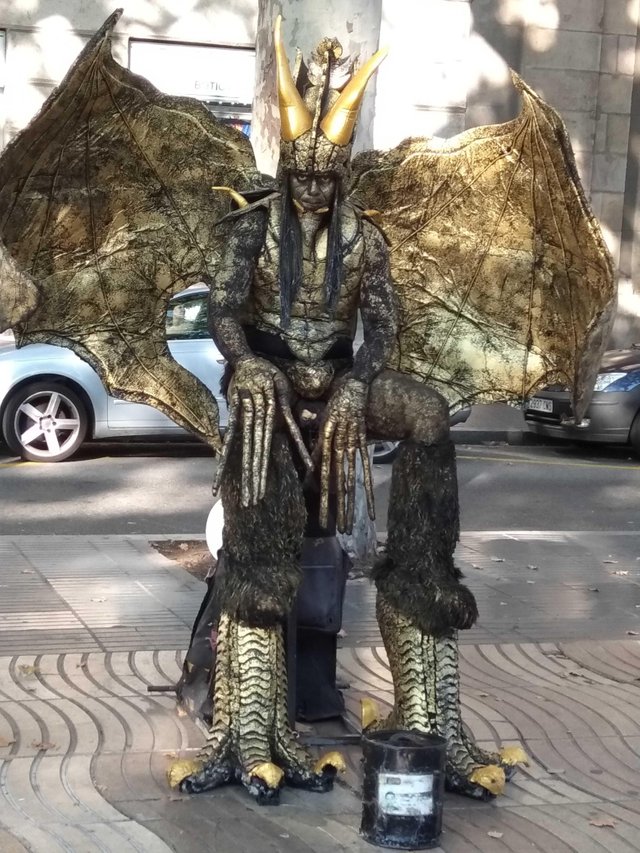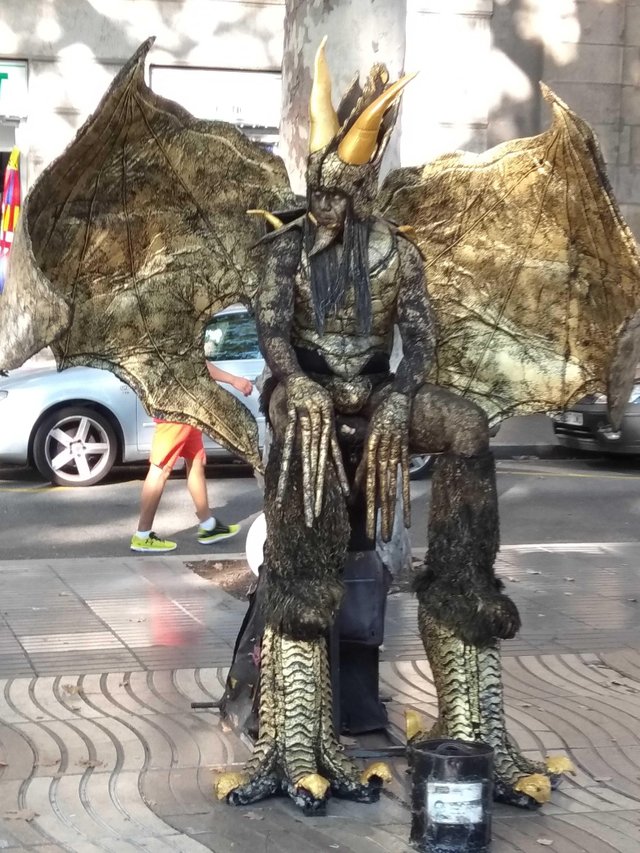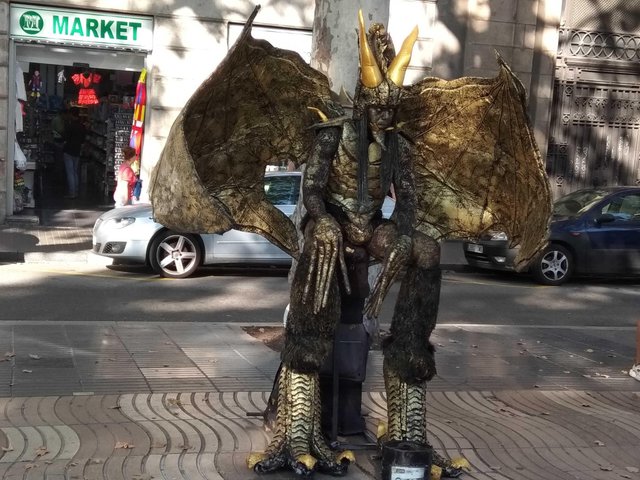Human arts
Man amazing art 

A dragon is a large, serpent-like legendary creature that appears in the folklore of many cultures around the world. Beliefs about dragons vary drastically by region, but dragons in western cultures since the High Middle Ages have often been depicted as winged, horned, four-legged, and capable of breathing fire. Dragons in eastern cultures are usually depicted as wingless, four-legged, serpentine creatures with above-average intelligence.
The earliest attested dragons resemble giant snakes. Dragon-like creatures are first described in the mythologies of the ancient Near East and appear in ancient Mesopotamian art and literature. Stories about storm-gods slaying giant serpents occur throughout nearly all Indo-European and Near Eastern mythologies. Famous prototypical dragons include the mušḫuššu of ancient Mesopotamia, Apep in Egyptian mythology, Vṛtra in the Rigveda, the Leviathan in the Hebrew Bible, Python, Ladon, Wyvern, and the Lernaean Hydra in Greek mythology, Jörmungandr, Níðhöggr, and Fafnir in Norse mythology, and the dragon from Beowulf.
The popular western image of a dragon as winged, four-legged, and capable of breathing fire is an invention of the High Middle Ages based on a conflation of earlier dragons from different traditions. In western cultures, dragons are portrayed as monsters to be tamed or overcome, usually by saints or culture heroes, as in the popular legend of Saint George and the Dragon. They are often said to have ravenous appetites and to live in caves, where they hoard treasure. These dragons appear frequently in western fantasy literature, including The Hobbit and The Lord of the Rings by J. R. R. Tolkien, the Harry Potter series by J. K. Rowling, and A Song of Ice and Fire by George R. R. Martin.
The word "dragon" has also come to be applied to the Chinese lung (龍, Pinyin long), which are associated with good fortune and are thought to have power over rain. Dragons and their associations with rain are the source of the Chinese customs of dragon dancing and dragon boat racing. Many East Asian deities and demigods have dragons as their personal mounts or companions. Dragons were also identified with the Emperor of China, who, during later Chinese imperial history, was the only one permitted to have dragons on his house, clothing, or personal articles.
wow that looks amazing
Downvoting a post can decrease pending rewards and make it less visible. Common reasons:
Submit
TnQ
Downvoting a post can decrease pending rewards and make it less visible. Common reasons:
Submit
TnQ
Downvoting a post can decrease pending rewards and make it less visible. Common reasons:
Submit
This makes me want to get intro photography
Downvoting a post can decrease pending rewards and make it less visible. Common reasons:
Submit
Tnq
Downvoting a post can decrease pending rewards and make it less visible. Common reasons:
Submit